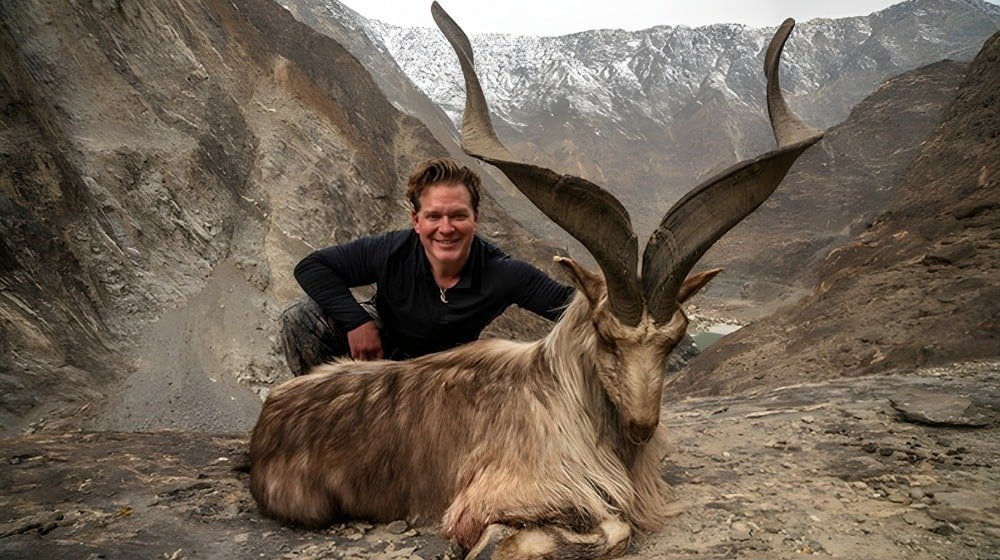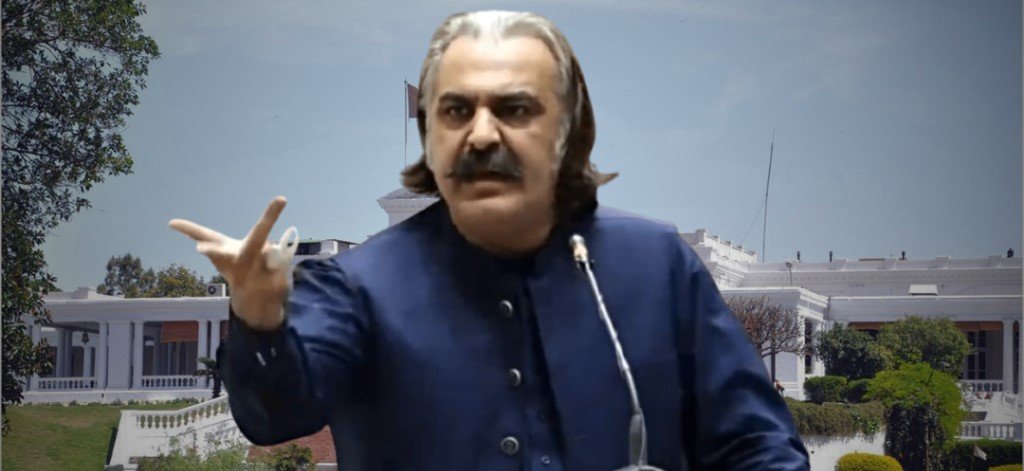A Historic Auction for Pakistan’s National Animal
In a stunning milestone, a Markhor Hunting Permit fetched a jaw-dropping Rs100 million ($370,000) at an auction in Gilgit-Baltistan on September 4, 2025, setting a world record for the highest price ever paid for such a permit. The Markhor Hunting Permit, valid for the Nanga Parbat Conservancy Area, was snapped up by Raja Farhad Maqpoon of Shikar Safaris, marking a historic moment for Pakistan’s Trophy Hunting Program. This blockbuster sale has sparked excitement and debate, highlighting both conservation efforts and the commercial value of Pakistan’s national animal, the Markhor.
The Markhor Hunting Permit news has taken social media by storm, with netizens praising the conservation model while some question the ethics of trophy hunting. As Pakistan battles economic and flood challenges, this auction is a game-changer. Here’s the full story on the Markhor Hunting Permit, its impact, and what it means for Gilgit-Baltistan.
What Sparked the Markhor Hunting Permit Record?
The Markhor Hunting Permit auction took place on September 4, 2025, at the Forest, Parks, and Wildlife Complex in Gilgit, organized by the Gilgit-Baltistan Wildlife and Parks Department. The event drew local and international hunters, outfitters, and wildlife experts, all eager to bid on permits for 118 animals, including four Astore Markhors, 100 Himalayan Ibex, and 14 Blue Sheep for the 2025–26 hunting season. The star of the show was the Markhor Hunting Permit for an Astore Markhor, which soared to Rs100 million, surpassing last year’s record of $271,000 in Chitral.
READ NEXT: Putin Xi Hot Mic: ‘We’ll Live to 150!’
The winning bid, placed by Shikar Safaris’ owner Raja Farhad Maqpoon, outshone others, with additional Markhor permits fetching $286,000, $270,000, and $240,000. Muhammad Ali Nagri of Markhor Safaris secured a Blue Sheep permit for $40,000 and a Himalayan Ibex permit for $13,000. GB Conservator Khadim Abbas hailed the Markhor Hunting Permit as a global record, noting the base price for Markhor permits was raised to $200,000 from $150,000, reflecting rising demand. The Markhor Hunting Permit sale underscores Pakistan’s unique conservation model, where 80% of proceeds support local communities.
Why This Matters
The Markhor Hunting Permit sale is a big deal for Pakistan, blending conservation with economic gains. The Markhor, Pakistan’s national animal known for its majestic spiral horns, was once near extinction but has rebounded to 3,500–5,000 in Pakistan due to trophy hunting programs started in 1990. The Markhor Hunting Permit generates millions for local communities, who use the funds for schools, healthcare, and wildlife protection, as 80% of the revenue about $296,000 from this sale goes directly to them, per officials.
This record-breaking Markhor Hunting Permit also boosts Pakistan’s global image, showcasing Gilgit-Baltistan’s pristine landscapes and sustainable tourism. Amid economic challenges, like a 10% export plunge in August 2025, the Markhor Hunting Permit revenue offers a financial lifeline, supporting conservation and development in remote areas. However, the high price has sparked debate about the ethics of hunting endangered species, even if tightly regulated, making this a pivotal moment for Pakistan’s wildlife policies.
Public Reaction and Social Media Buzz
The Markhor Hunting Permit news exploded across social media on September 4, 2025. X posts from Gilgit to Islamabad buzzed with excitement, with one user writing, “Rs10 crore for a Markhor Hunting Permit? That’s massive for conservation!” Another shared, “Nanga Parbat’s Markhor is global news now!” Hashtags like #MarkhorHuntingPermit trended, with images of the majestic Markhor going viral. A post praised, “This money will change lives in GB!”
Critics, however, voiced concerns, with one X user noting, “Markhor Hunting Permit for $370K? Why hunt our national animal?” Others worried about sustainability, saying, “High prices might hurt tourism.” The buzz reflects the polarizing impact of the Markhor Hunting Permit, uniting supporters of conservation-driven hunting while fueling ethical debates, especially as Pakistan grapples with flood recovery and economic strain.
Challenges Amid the Record Sale
The Markhor Hunting Permit sale faces hurdles. The sharp price hike base rates jumped from $150,000 to $200,000 for Markhor permits has local outfitters worried, with some, like Ikram Baig of the GB Association of Tour Operators, warning that high costs could deter international hunters and hurt businesses. The Markhor Hunting Permit program’s sustainability is at risk if prices push away clients, potentially reducing community funds critical for conservation.
Coordinating the program is another challenge. Ensuring only mature male Markhors are hunted, as per regulations, requires strict oversight in rugged areas like Nanga Parbat. The Markhor Hunting Permit also competes for attention with Pakistan’s flood crisis, with 819 deaths reported. Balancing tourism revenue with ethical concerns and disaster recovery stretches resources, making the Markhor Hunting Permit a delicate balancing act for Gilgit-Baltistan.
A Glimmer of Hope
Despite the debates, the Markhor Hunting Permit sale is a ray of light. The Rs100 million will fund schools, clinics, and wildlife protection in Gilgit-Baltistan, empowering communities who’ve helped increase Markhor numbers. Stories of resilience, like wildlife rangers saving eight deer in Punjab’s floods, echo the hope of the Markhor Hunting Permit, showing Pakistan’s commitment to its natural heritage. Locals in Gilgit are celebrating, with one X post saying, “Markhor Hunting Permit means a better future for us!”
The auction’s global attention highlights Pakistan’s conservation success, drawing tourists to Nanga Parbat’s stunning peaks. The Markhor Hunting Permit proves that regulated hunting can coexist with preservation, inspiring similar models elsewhere. As communities rally, the funds promise tangible change, from scholarships to clean water projects, lighting up Gilgit-Baltistan’s future.
What’s Next for Gilgit-Baltistan?
The Markhor Hunting Permit sets the stage for a transformative season. The 2025–26 hunting season, starting November 1, will see four Astore Markhors, 100 Himalayan Ibex, and 14 Blue Sheep hunted under strict guidelines. The Wildlife Department plans to monitor hunts closely, ensuring only mature males are targeted to protect the species. The Markhor Hunting Permit revenue will kickstart community projects, with officials urging locals to propose development plans.
Pakistanis are encouraged to support sustainable tourism and follow updates from the GB Wildlife Department. The Markhor Hunting Permit is a call to balance conservation with economic growth, inspiring pride in Pakistan’s wildlife. As the nation navigates floods and economic woes, this record sale offers hope. Stay tuned for updates on the Markhor Hunting Permit and Gilgit-Baltistan’s journey.



